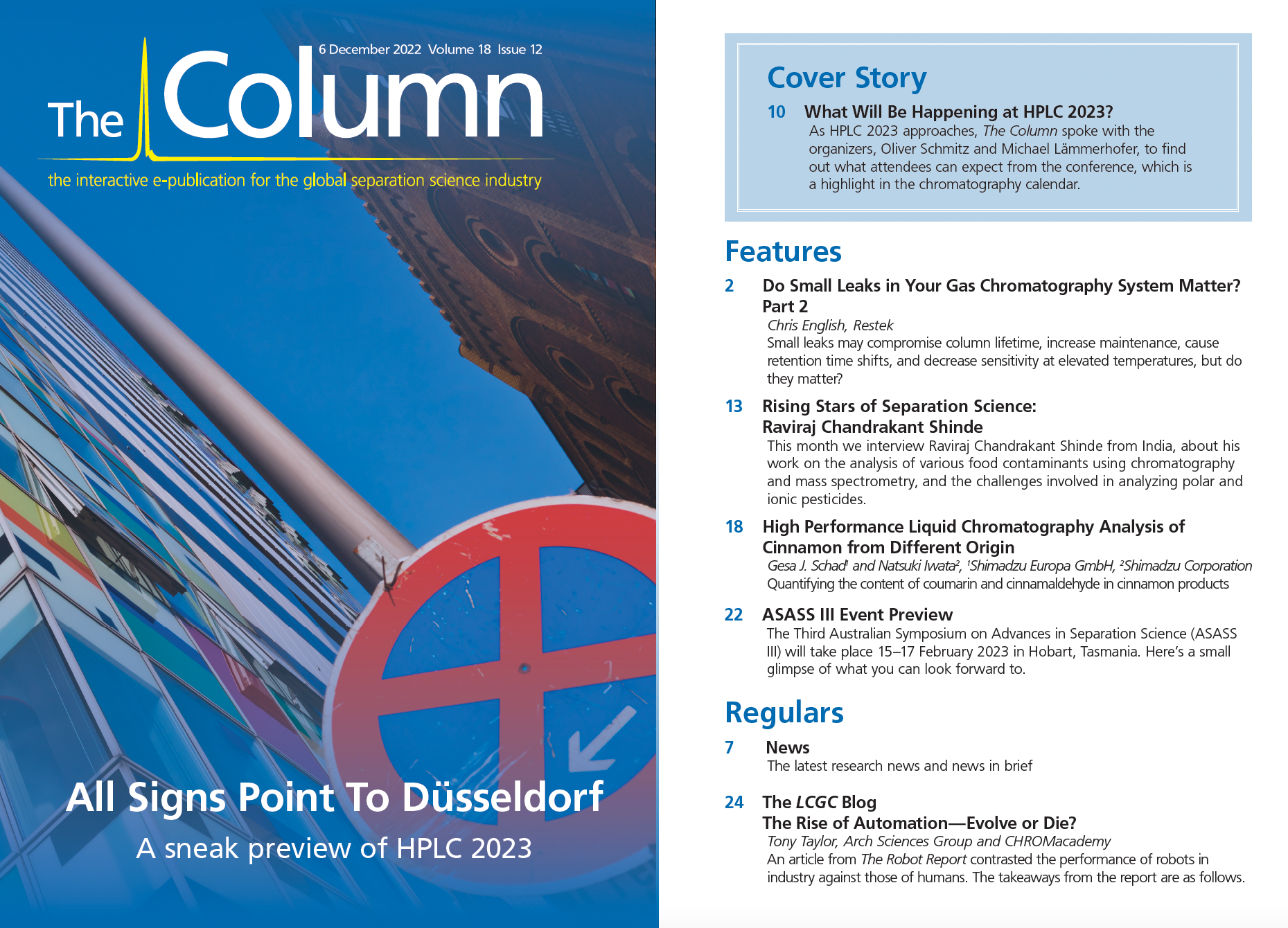Thermo and Society for Science Launch School Competition
Thermo Fisher Scientific Inc. (Waltham, Massachusetts, USA), along with Society for Science (Washington, D.C., USA), has announced the Thermo Fisher Scientific Junior Innovators Challenge, a middle school science, technology, engineering, and math (STEM) competition in the USA.
“Society for Science is very excited to embark on this new partnership with Thermo Fisher Scientific,” said Maya Ajmera, president and CEO of Society for Science. “Our middle school STEM competition, now called the Thermo Fisher Scientific Junior Innovators Challenge, will be impacting and celebrating students at a critical time in their development, encouraging them to continue on this important STEM pathway to college and career.”
Almost 300 state and regional middle school science fairs across the country have affiliated with the Society’s science fair network and will nominate students to compete in the Challenge. Finalists will have the opportunity to showcase their projects in Washington, D.C., and compete for more than $100,000 in awards, including a top prize of $25,000.
“Competing in a national science fair directly influenced my path toward a STEM career. I was inspired to take high school summer classes, which led to a degree in engineering and a startup role building an innovative technology that was later acquired by Thermo Fisher,” said Jorge Fonseca, director of product management for Thermo Fisher’s Genetic Sciences business.
For more information please visit https://corporate.thermofisher.com/us/en/index.html

A Matrix-Matched Semiquantification Method for PFAS in AFFF-Contaminated Soil
Published: April 14th 2025 | Updated: April 14th 2025Catharina Capitain and Melanie Schüßler from the Faculty of Geosciences at the University of Tübingen, Tübingen, Germany describe a novel approach using matrix-matched semiquantification to investigate per- and polyfluoroalkyl substances (PFAS) in contaminated soil.
Silvia Radenkovic on Building Connections in the Scientific Community
April 11th 2025In the second part of our conversation with Silvia Radenkovic, she shares insights into her involvement in scientific organizations and offers advice for young scientists looking to engage more in scientific organizations.
















